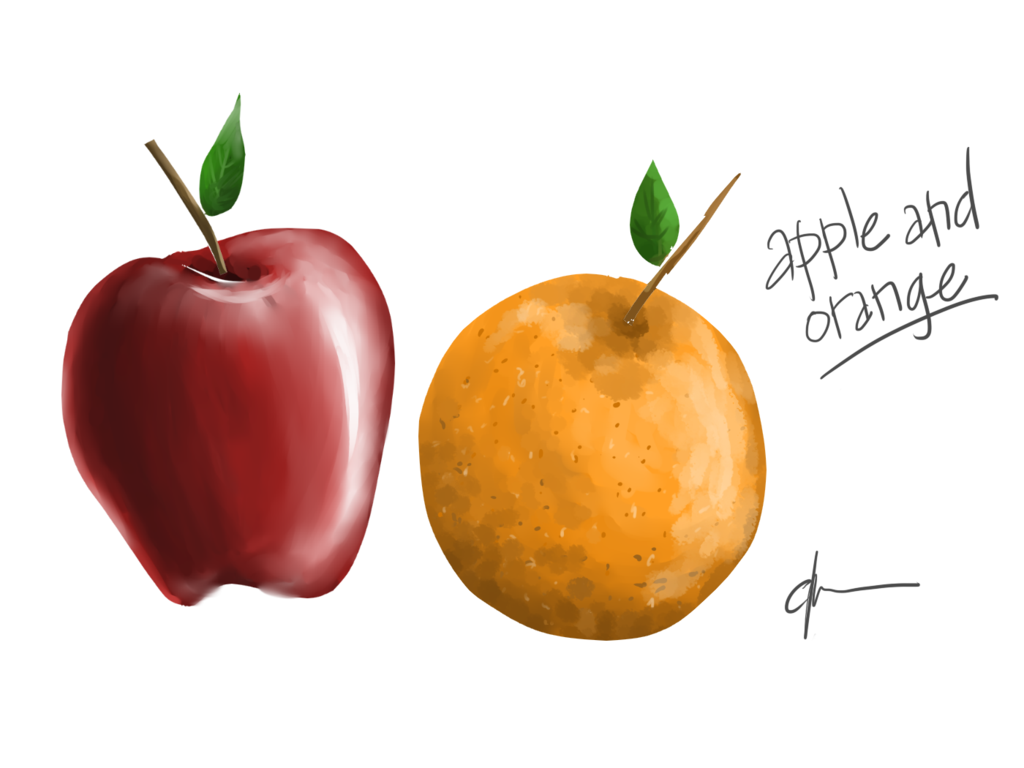As in an Apple is not an Orange, nor an Orange an Apple (no pun intended!); a ‘Use Case’ is not Agile, nor is it a ‘User Story’, and should never be confused with ‘Agile’ or a ‘User Story’. Are User Stories and Use Cases both tools to draw requirements? Yes! But the similarity stops there.
Where or how do they differ? A Use Case may be described as a detailed requirement of an Actor, a role, (such as a Stakeholder, System, etc., ) interacting with a System, as associated with the Unified Modeling Language (UML). And a ‘User Story’ as a feature that is added to the product backlog and follows a specific structure: As a (role), I want (feature), so that (benefit). What do they have in common? Both a ‘Use Case’ and a ‘User Story’ describe a Stakeholder’s requirement.
A Use Case and a User Story are distinct techniques for capturing requirements, and by definition, implication, and technique do not serve the same purpose. The origin of each. A ‘Use Case’, originated in 1992, as a object oriented software development technique, introduced by Ivar Jacobson, and not reflected in the Agile Manifesto, which first appearing in 2001. Both advocating development, but Agile advocating evolutionary development, as contrasting with Use Case, part of a rigorous and rigid modeling technique.
The appliance of the ‘User Story’, which originated from ‘Extreme Programming (XP)’ in 1998, predated the Agile Manifesto, and advocated the release of software in short development cycles, such as Sprints professed by Agile/Scrum.
A ‘Use Case’ is by definition not Agile, and was intended to be a rigorous technique, not an Agile technique; this does not exclude the application of the ‘Use Case’ technique, nor any other, from expanding on a very high level ‘User Story’ (Theme, Epic, etc…).
The following is an elaboration of restaurant model “Use Case restaurant model” by Kishorekumar 62; licensed under CC BY-SA 3.0 via Wikimedia Commons: (https://commons.wikimedia.org/wiki/File:Use_case_restaurant_model.svg#mediaviewer/File:Use_case_restaurant_model.svg:). Several development Tasks can be evoked from this “Use Case Restaurant Model”, that would not be obvious if this were a high level ‘User Story’, as with this high level requirement structure: (‘As a’ restaurateur, ‘I must’ provide a place of service, ‘So that’ our customers might enjoy and compensate us for food and wine)
The Agile Manifesto visibly adopts; “Individuals and interactions over Processes and tools; where as a ‘Use Case’ embodies “Processes and tools”. It is essential to keep n mind, when explaining, discussing, or describing the Agile technique and the framework of Scrum, that a ‘Use Case’ is not agile.
A ‘Use Case’ is not contained by a framework such as Agile, nor was this technique ever conceptualized with Agile in existence. Associating a ‘Use Case’ with the Agile technique is a misconception, so distinguishing these two useful techniques is critical to understanding and applying either technique.
In any Scrum discussion, transposing a ‘Use Case’ for a ‘User Story’ as the responsibility of a Product Owner or describing a Use Case as a ‘high-level’ item in a Product Backlog (…it might be in a Product Backlog, but never high-level.) instead of a ‘User Story’; where a User Story’ is a very high-level Scrum convention representing a Stakeholder’s ‘wish list’ item, such as in a ‘Theme’ of the ‘Where’, ‘What’, and ‘How’ desired by a Stakeholder, should be observed for simplicity sake.
The ‘Use Case’ technique is distinctly not a Scrum technique, as a ‘User Story’. Raise a flag, if you here a ‘Use Case’ and a ‘User Story’ confused in a Scrum meeting, to avoid later correction or confusion.
While researching this subject, encountered quite a bit of misleading media and written advice on this same subject. So below, I’ve added some references that I hope will help.
Some Suggested references:
Business Analysis – BA Collective – Use Cases by Businessanalysis
User Stories – Earn 1 PDU by Mike Cohn
NEW Intro to Agile Scrum in Under 10 Minutes – What is Scrum? by Axosoft
Writing Effective User Stories, Thomas and Angela Hathaway
Five Rules for Effective User Stories Thomas and Angela Hathaway
Use case – Wikipedia, the free encyclopedia
UML 2.0 In A Nutshell Dan Pilone and Neil Pitman
The Unified Modeling Language Reference Manual(PDF) James Rumbaugh, Ivar. Jacobson, Grady Booch – 2nd ed.
Scrum and Agile Glossary at http://www.scrumstudy.com/search.asp
SBOK™ Guide http://www.scrumstudy.com/sbok-guide.asp
Free Resources http://www.scrumstudy.com/free-resources.asp
The Scrum Guide by Jeff Sutherland and Ken Scwhaber: http://www.scrumguides.org/download.html
Agile Introductory program www.izenbridge.com/pmi-acp/free-pmi-acp-introduction/



Nice post, very interesting. Good work , have a nice day.
Interesting post , keep up the good work. Have a great day.
Thanks.